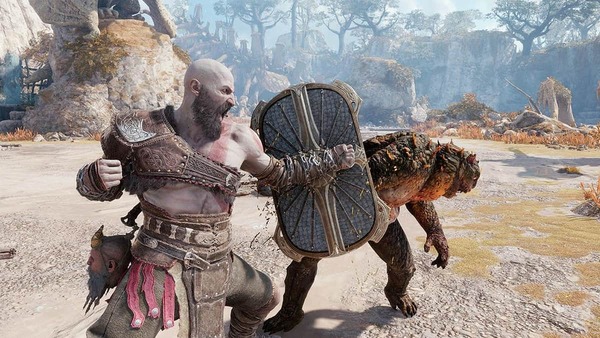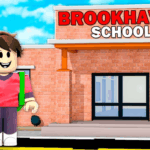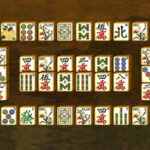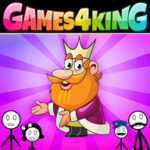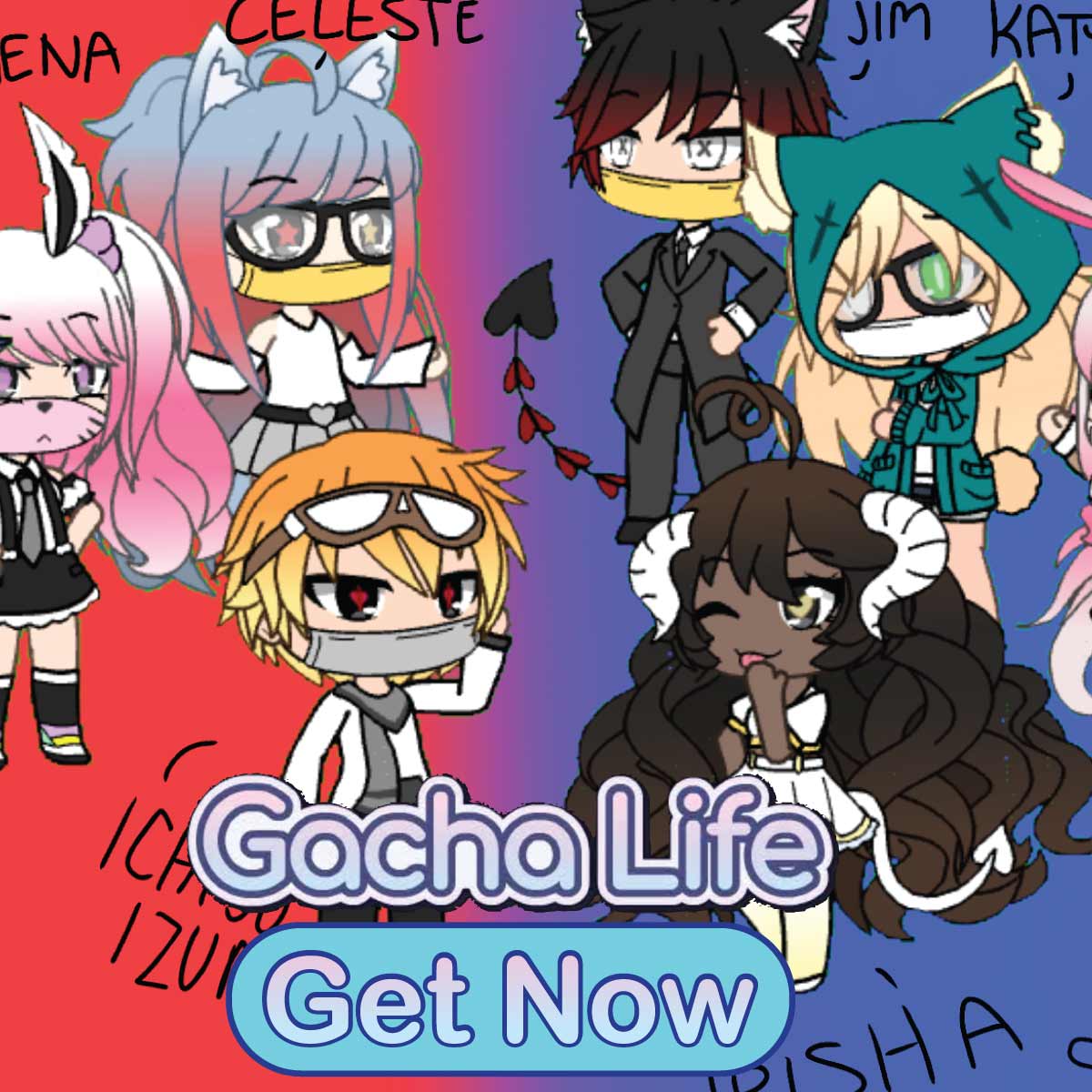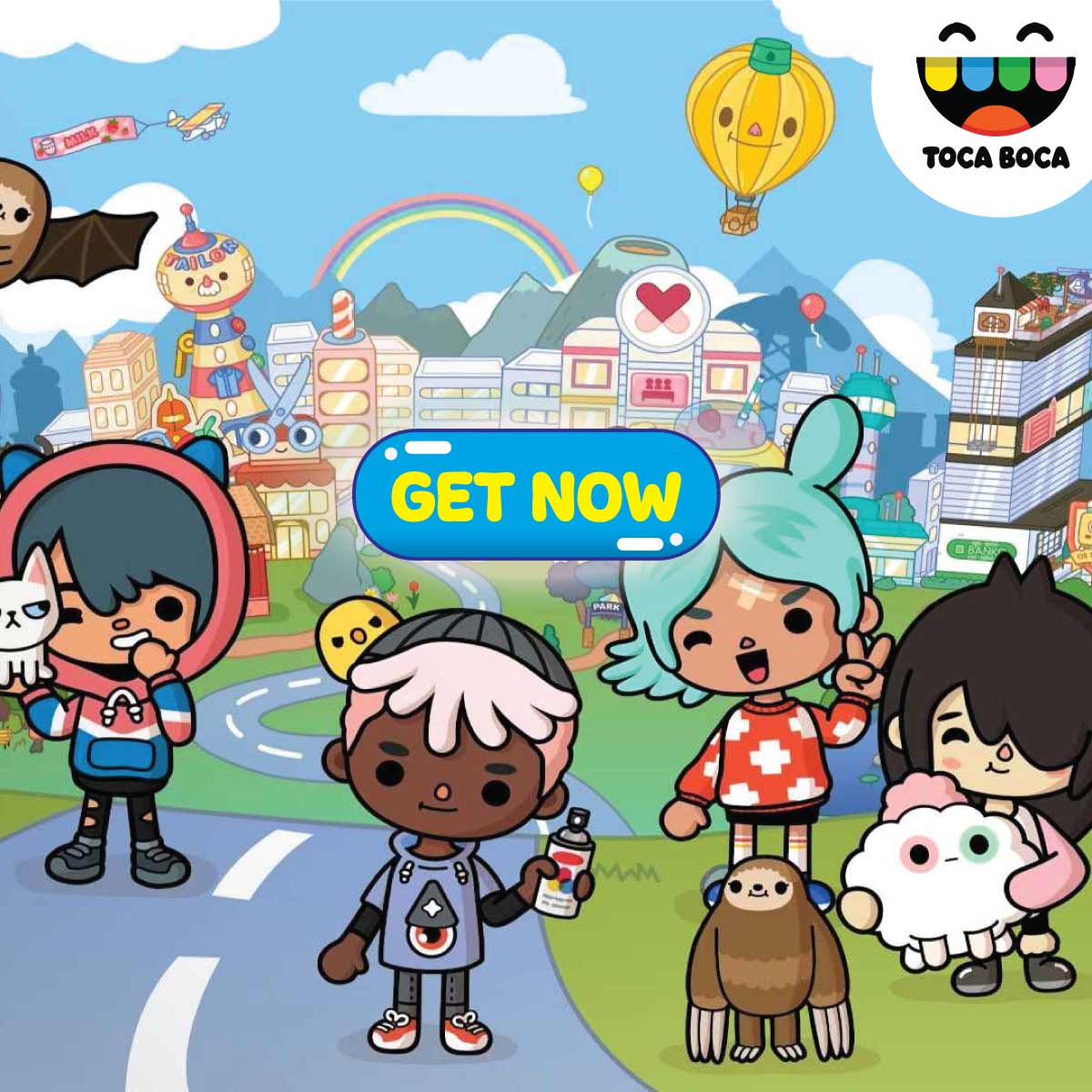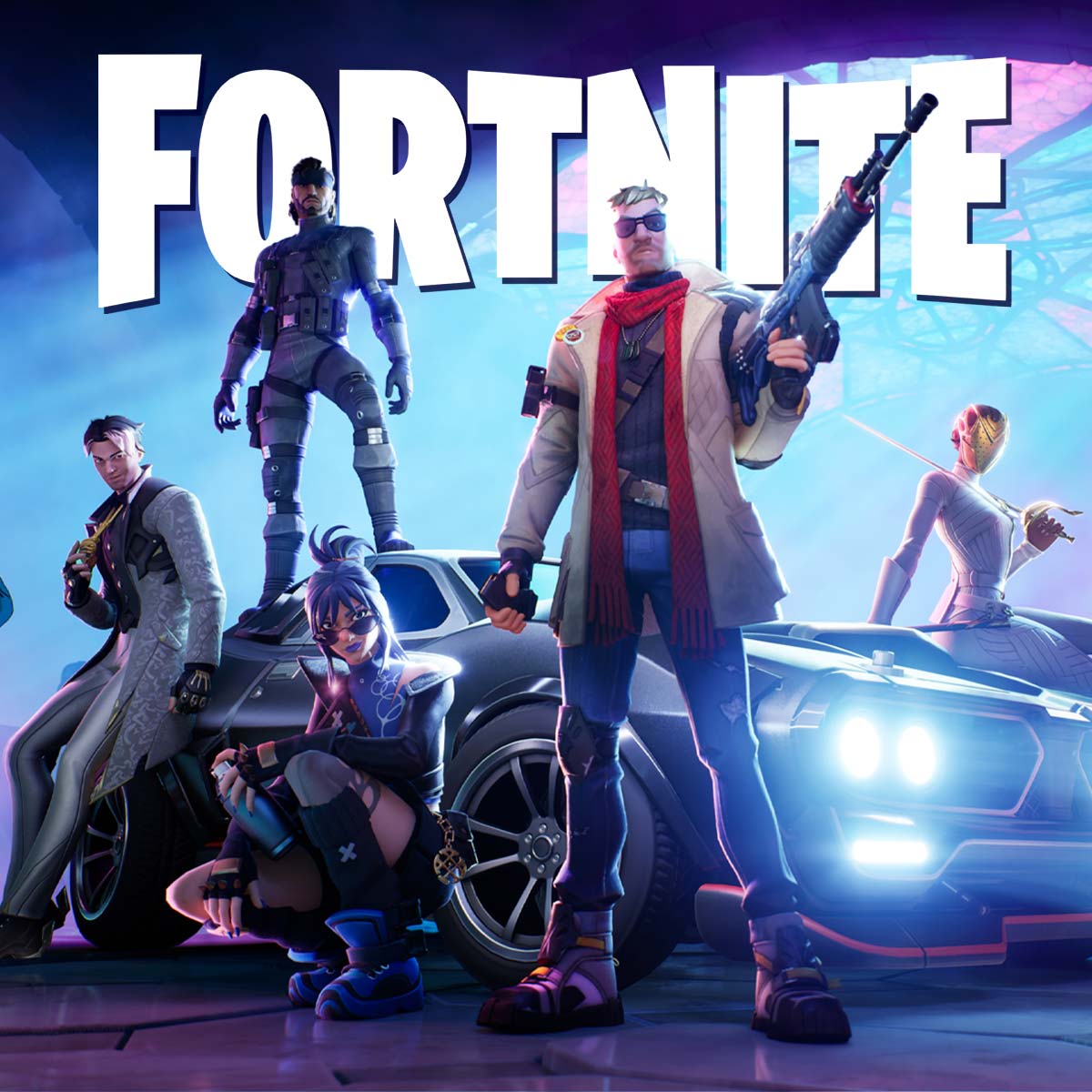Introduction
God of War Ragnarök isn’t just a sequel—it’s a monumental experience that brings Kratos’ Nordic saga to its thunderous climax. Developed by Santa Monica Studio, this PlayStation exclusive pushes the boundaries of narrative, gameplay, and emotional depth. It masterfully builds upon the 2018 reboot, with an expanded cast, multiple realms, epic boss fights, and a deeply human story about fatherhood, fate, and free will.
Over the course of two intense, emotionally charged weeks, God of War Ragnarök reveals its brilliance layer by layer. What begins as a tale of survival evolves into a mythic, heart-wrenching odyssey. This article charts that journey.
Day 1: Fimbulwinter's Grip – A Cold Open to Destiny
Kratos and Atreus return during the deep freeze of Fimbulwinter, a sign of Ragnarök’s approach. The opening hours are deliberate, offering time to reconnect with the characters.
-
Atreus has matured, now questioning more and seeking his own identity.
-
Kratos remains stoic but clearly more conflicted, fearing for his son's safety.
Early gameplay introduces snow mechanics, environmental puzzles, and familiar Leviathan Axe combat. The pacing is slow, but tension simmers beneath the surface.
Day 2: The Call to Action – Odin’s Visit and Prophecy's Pull
A confrontation with Odin and Thor shatters the quiet. Their offer and subsequent battle redefine the tone and stakes of the game.
Highlights:
-
The Thor boss fight is cinematic, brutal, and emotionally layered.
-
Odin’s manipulative diplomacy sets him apart as a villain.
-
Kratos is pushed not just physically, but philosophically.
Atreus' obsession with prophecy begins driving the story. Themes of predestination versus freedom take center stage.
Day 3: First Steps Beyond Midgard – Realm Travel Resumes
The portal system returns, offering exploration across the nine realms.
-
Svartalfheim is the first major hub, filled with puzzles, verticality, and Dwarven politics.
-
Exploration now feels more Metroidvania-inspired, with skills unlocking new paths later.
Kratos’ combat broadens as the Blades of Chaos are introduced early. Atreus is more active in battle, with new runic abilities.
Day 4–5: Brotherhood and Betrayal – Meeting Old Allies and New Foes
As you journey through realms, the relationships deepen.
-
Brok and Sindri's story expands, revealing touching vulnerabilities.
-
Freya’s arc from enemy to uneasy ally is brilliantly executed.
Gameplay Evolves:
-
New mechanics like shield loadouts allow for parry or brute force styles.
-
Armor crafting and enchantments offer meaningful customization.
-
Companion synergy becomes essential, particularly with stun attacks and debuffs.
You start understanding this isn’t just a game about gods—it’s about the cost of being one.
Day 6: Into Helheim and the Heart of Grief
A visit to Helheim stirs personal trauma. The realm is cold and haunting, echoing with lost souls and past mistakes.
-
Kratos confronts visions of his past: Sparta, family, and his legacy of violence.
-
Atreus deals with guilt over choices made and lives lost.
This section emphasizes exploration and puzzle-solving, but it's the emotional storytelling that dominates.
Day 7–8: Playing as Atreus – A Bold Shift
You now control Atreus solo—a risky but rewarding gameplay shift.
Why It Works:
-
Atreus’ combat is fast, agile, and heavily reliant on magic and ranged attacks.
-
His abilities feel distinct: summoning spirit animals, teleporting, and archery-based combos.
-
The writing cleverly shows him navigating autonomy, mistakes, and maturing ideals.
His segments delve into Jötunheim and new characters, like Angrboda, who redefine the game's emotional core.
Day 9: Side Quests and Secrets – The Realms Come Alive
You return to previous areas with new tools and skills.
Memorable Side Quests:
-
“The Weight of Chains” in Svartalfheim explores themes of guilt and freedom.
-
“Freya’s Missing Peace” brings closure to her past.
-
“Conscience for the Dead” asks what it means to be honorable.
Each quest isn’t filler—it enhances worldbuilding, character arcs, and rewards.
Day 10–11: Valkyries and Boss Battles – Skill Is the True Weapon
Combat takes a significant leap in difficulty.
-
Berserker fights replace Valkyries as the ultimate optional challenge.
-
Mini-bosses, Draugr Holes, and Realm Tears offer tough encounters requiring perfect timing and loadout management.
-
The arena in Muspelheim returns with new trials.
This is when you either rage-quit or rise to god-tier reflexes.
Day 12–13: Truth and Transformation – Breaking Chains
The final realms explored are Vanaheim and Asgard—rich, beautiful, and deeply mythological.
-
Kratos finally accepts his past rather than running from it.
-
Atreus is no longer "the boy"—he’s Loki, destined for more.
-
Together, they forge a new path that defies fate.
The narrative avoids clichés. It’s not about saving the world, but saving themselves.
Day 14: Ragnarök – The End, and the Beginning
The final act is as grand as myth demands. Ragnarök unfolds in an awe-inspiring climax.
-
War, chaos, and divine showdowns fill the screen.
-
Each major character—Freya, Tyr, Sindri, Thor—gets resolution.
-
The ending isn’t bombastic—it’s earned and emotionally grounded.
You walk away not with a bang, but with reflection. The story is over—but its themes linger.
Pros and Cons of God of War Ragnarök
Pros:
-
Narrative Depth: Every character has emotional stakes and meaningful arcs.
-
Combat Evolution: Skill-based, visceral, and customizable with multiple weapons and styles.
-
Visual Masterpiece: Every realm is a hand-crafted wonder with stunning detail.
-
Sound and Voice Acting: Christopher Judge (Kratos) and Sunny Suljic (Atreus) deliver award-worthy performances.
-
Replayability: Endgame challenges, collectibles, and hidden bosses provide hours of extra content.
Cons:
-
Pacing: Some players may find early hours slow, especially if unfamiliar with 2018's game.
-
Atreus Segments: While bold, some may prefer staying with Kratos throughout.
-
UI Complexity: Menus for upgrades, armor, runes, and skills can feel cluttered.
Expert Rating
| Category | Score (Out of 10) |
|---|---|
| Story & Characters | 10 |
| Combat Mechanics | 9.5 |
| Visuals & Art Design | 9.8 |
| Soundtrack & Audio | 9.7 |
| World Design | 9.6 |
| Replayability | 8.5 |
| Accessibility | 9.0 |
| Overall Experience | 9.7 |
Conclusion
God of War Ragnarök is a masterclass in interactive storytelling. It balances epic spectacle with intimate emotion, brutal combat with quiet introspection, and mythological grandeur with very human questions. Across 40+ hours, it dares to make a god vulnerable, a child strong, and a story immortal.
Whether you're there for the gameplay, the lore, or the father-son bond that threads through every battle, this game delivers on every front. It doesn’t just end a saga—it elevates it to legend.
Kratos may have finally laid down his blades… but you’ll be thinking about his journey long after the credits roll.
